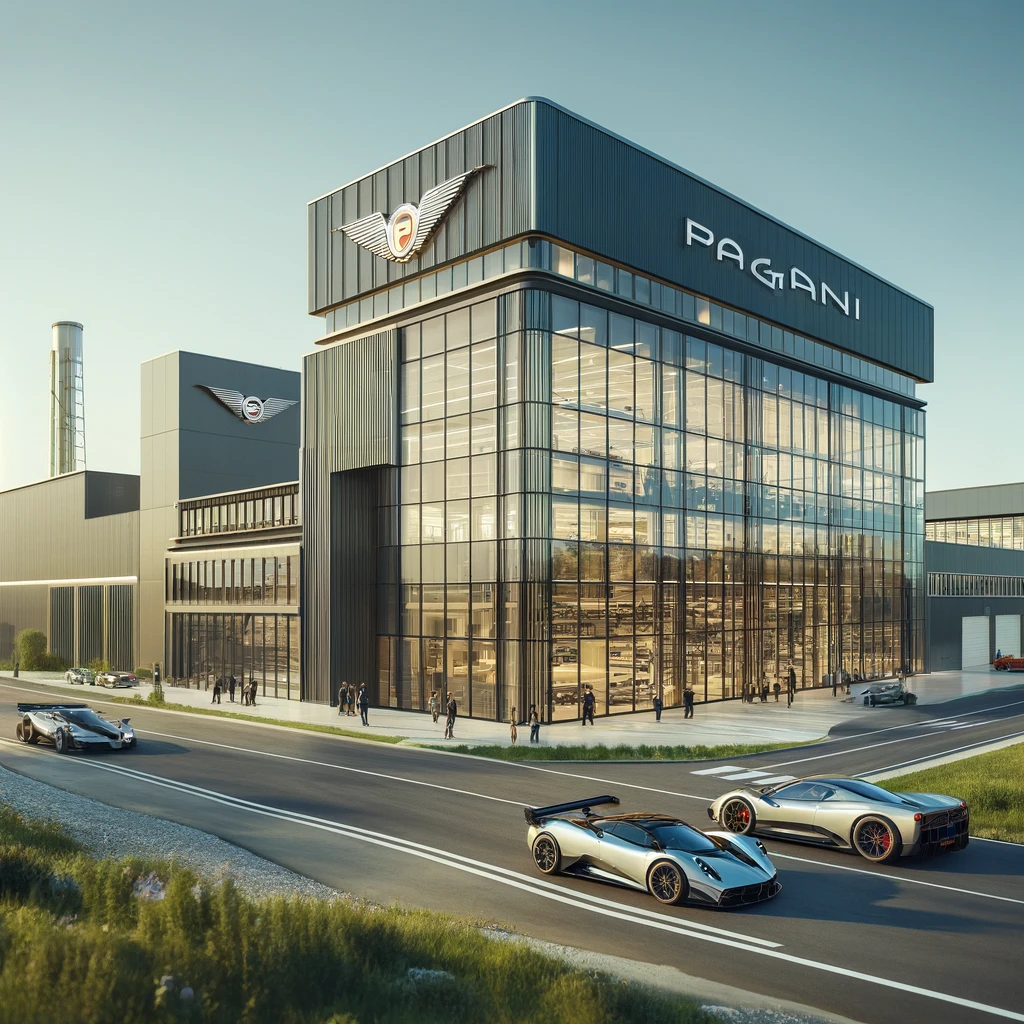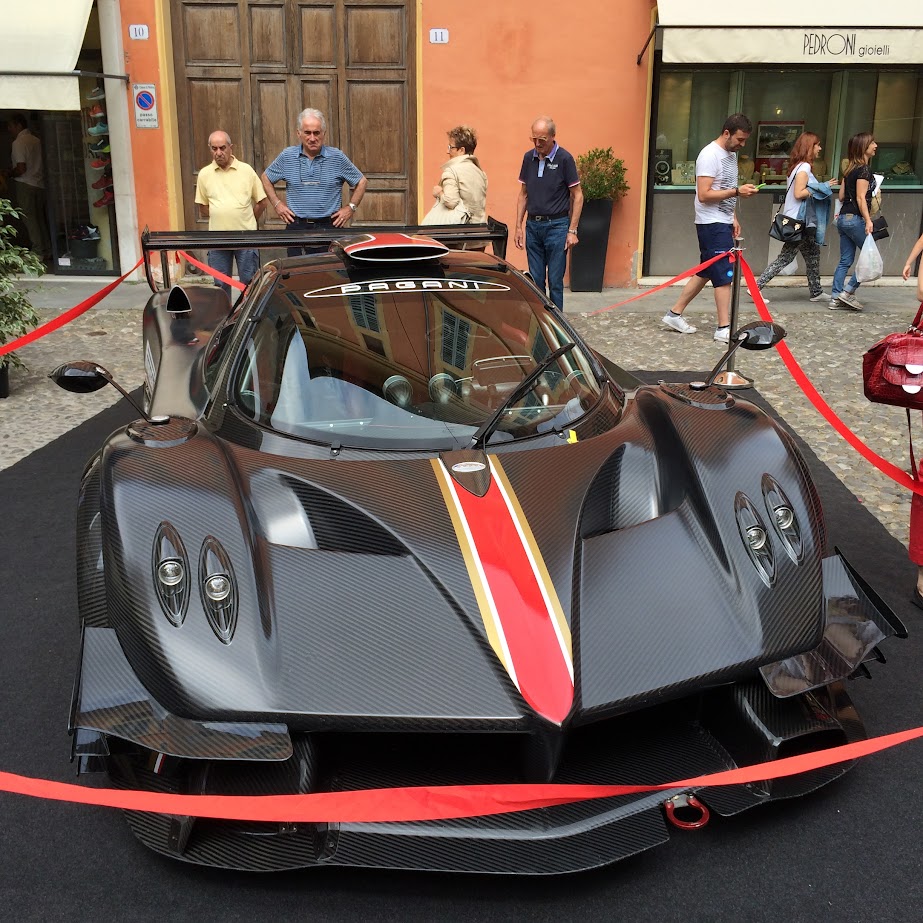
Nestled in the heart of Italy’s Emilia-Romagna region, Modena is a city celebrated not only for its culinary delights like balsamic vinegar and rich gastronomy but also as a pivotal hub in the automotive world. Among the renowned car manufacturers that call this region home, Pagani Automobili stands out as a beacon of luxury and high-performance engineering—a true jewel in Modena’s industrial crown.
The Genesis of Pagani
Founded in 1991 by Horacio Pagani, an Argentine-Italian engineer whose passion for cars was ignited by his admiration for fellow Argentine, the legendary racing driver Juan Manuel Fangio, Pagani Automobili quickly carved out its niche in the automotive industry. Horacio’s early experiences at Lamborghini and the subsequent creation of his own company, Pagani Composite Research, set the stage for a new chapter in high-performance vehicles.
The Art of Car Making

Pagani’s headquarters in San Cesario sul Panaro, not far from Modena, is where the magic happens. This facility is not just a factory but a boutique atelier where automotive dreams turn into carbon-fiber and metal realities. Each Pagani model, from the iconic Zonda to the more recent Huayra and Utopia, is crafted with a meticulous attention to detail. These cars are not mass-produced; instead, they are assembled by hand, making each one a unique masterpiece.
The Pagani Experience

Visiting Pagani isn’t just about seeing cars; it’s about immersing oneself in a world where automotive design meets art. The tour of the Pagani factory is an experience that offers enthusiasts and novices alike a deep dive into the philosophy and craftsmanship that Horacio Pagani has instilled in his creations. Guests can witness the painstaking assembly process, where every bolt is tightened by hand and every piece of leather is carefully stitched to perfection.
Visitor impression of Pagani Museum
Visitors to Pagani Automobili in Modena consistently report a profound and memorable experience. The guided tours allow enthusiasts and newcomers alike to immerse themselves in the intricate world of high-performance automotive manufacturing. Many express awe at witnessing the assembly process, where each car is painstakingly handcrafted with precision and care. The environment of the factory is often described as more akin to an artist’s studio than a traditional car manufacturing plant, emphasizing the artisanal approach and meticulous attention to detail that Pagani is known for. The combination of advanced engineering and aesthetic beauty in the vehicles leaves a lasting impression on visitors, making the Pagani factory tour a standout attraction in Modena’s rich automotive landscape.
Pagani’s Place in Modena’s Motor Valley
Modena is often referred to as the “Motor Valley” due to the concentration of high-end automotive manufacturers in the area, including Ferrari, Maserati, and Lamborghini. Pagani’s presence adds to this rich tapestry, with its distinct focus on hypercars that combine groundbreaking engineering with artistic design elements that push the boundaries of what a car can be.
A Tourist Attraction with a High-Octane Twist
For tourists visiting Modena, a trip to the Pagani factory is a must. The experience goes beyond traditional automotive enthusiasm—entering Pagani’s world is like stepping into a gallery of moving art. The visitor center and museum showcase the evolution of Pagani’s designs, displaying not just the vehicles themselves but also exploring the inspirations behind each model.
The cars
Pagani Automobili is renowned for its production of high-performance hypercars, notable for their craftsmanship, advanced materials, and aesthetic design. The flagship model, the Pagani Zonda, launched in 1999, set the stage with its revolutionary use of carbon fiber and impressive V12 engine supplied by Mercedes-AMG. It evolved through several versions, each more powerful and refined, culminating in the Zonda Revolucion, a track-focused iteration that embodies the zenith of Pagani’s engineering and design philosophy. Following the Zonda, the Pagani Huayra was introduced in 2011, named after the Andean wind god, Huayra-tata. This model continued the tradition of using cutting-edge materials and engineering, including a carbo-titanium chassis and an active aerodynamics system. The Huayra features a twin-turbo V12 engine, also from Mercedes-AMG, which provides breathtaking performance combined with a luxurious, bespoke interior. More recently, Pagani introduced the Utopia in 2022, continuing the brand’s tradition of combining high-tech innovation with classical automotive beauty, further securing Pagani’s reputation for creating moving works of art that push the boundaries of automotive design and performance.
The Pagani Community and Legacy
Pagani has cultivated a devoted following, with owners and fans alike drawn to the brand’s fusion of art and automotive technology. The company’s dedication to creating an exclusive experience is also evident in their special editions and bespoke customization options, which allow owners to be a part of the design process of their personalized supercar.
Conclusion
Modena offers a plethora of attractions for those interested in the finer things in life, and Pagani Automobili is undoubtedly a highlight. Whether you’re a car enthusiast, an art lover, or simply curious about the craftsmanship behind some of the world’s most exclusive vehicles, Pagani provides an enlightening glimpse into the dedication and passion that drive the world of luxury hypercars. This visit promises not just a tour, but an unforgettable journey into the soul of one of Italy’s most impressive modern marvels.
